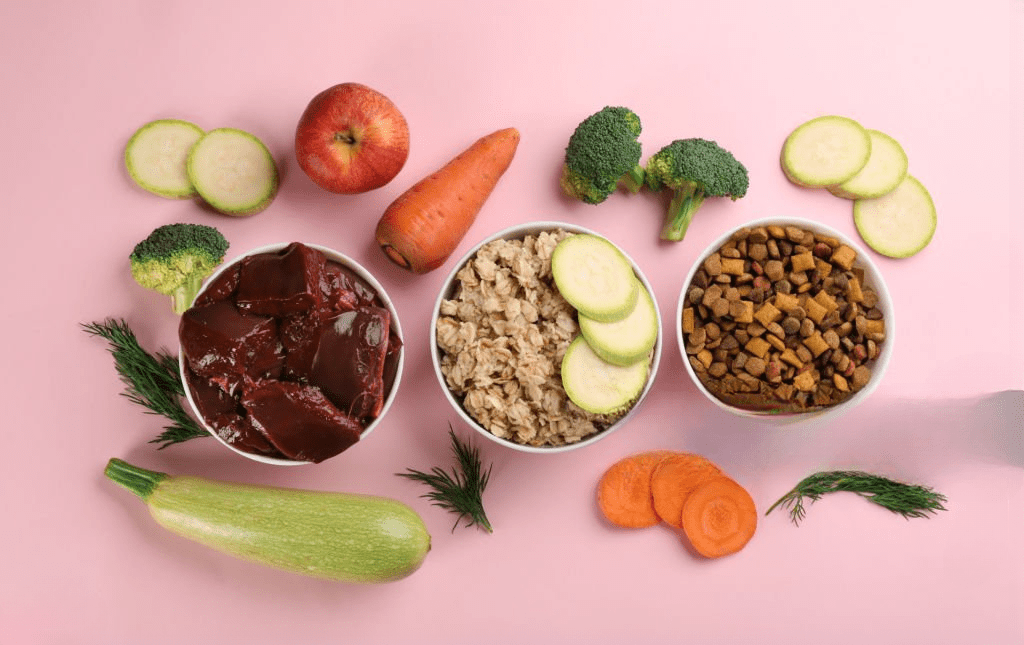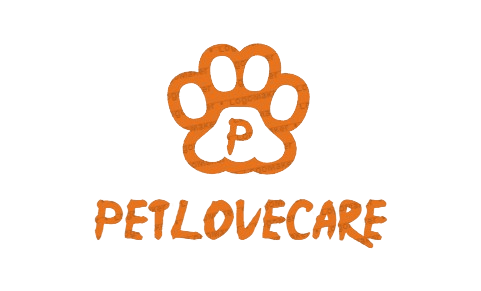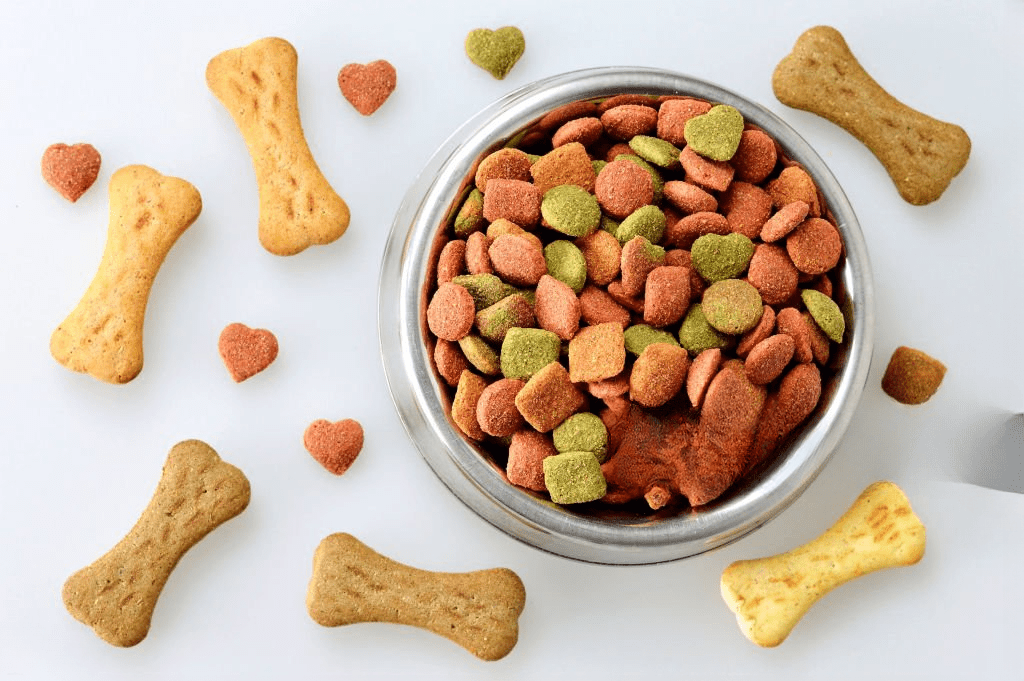Puppies eat dry food have special dietary requirements as they mature.
The following is a schedule for feeding your puppies eat dry food in the first year of their life:-
1. 7–12 weeks:– Puppies should be fed puppy eat dry food during this stage of development as it is specifically formulated to meet their nutritional needs for normal development. If you give your puppy adult food too early, it will lose out on vital nutrients. Additionally, transitioning gradually is important. For instance, try feeding four times a day. Furthermore, by nine or ten weeks puppies and large breeds can switch to eat dry food that hasn’t been moistened.
2. 3–6 months:- Trim four to three daily feedings at the six-month mark. Your dog should become less potbelly and clumsy by the 12-week mark. Continue feeding them puppies-size portions until their body type matures if they’re still overweight.
3. 6-7 months:- Start feeding your child twice a day. Transition from nutrient-rich puppies eat dry food to adult maintenance food following spaying or neutering. Larger breeds can transition at 12, 13, or even 14 months; however, smaller breeds can do so at 7 to 9 months. To be safe, it’s preferable to give them puppy food for a little while longer.
4. After age 1:- Most owners give adult dogs two half-portions a day after they turn one year old. Recall that monitoring your dog’s physical state is more important than just paying attention to how much is consumed or left in the bowl. Portion sizes should be adjusted based on body type and individual metabolism.


Which dry food are suitable for puppies to eat?
Selecting the appropriate puppies eat dry food for your puppy is essential for their development and general well-being.
Here are a few highly suggested choices:-
1. Redbarn Dry Dog Food with No Grain:-
- Rating:- Among the best options is Redbarn Grain-Free Sky.
- Turkey, chicken, duck meal, chicken meal, and turkey meal are the first five ingredients.
- Type:- Free of grains.
- Profile:- Fits all phases of life.
- Ideal for:- All pups, even those of large breeds.
- Nutritional Analysis (Dry Matter):
- Protein:- 31%
- Fat:- 17%
- Estimated Carbs:- 7%
2. Jinx Dry Dog Food:-
- The first five ingredients are brown rice, ground peas, pearled barley, salmon, and turkey meal.
- Type:- All-grain (broad rice and pearled barley included).
- Profile:- Fits all phases of life.
- Ideal for:- All pups, even those of large breeds.
- Rating:- There is a lot of praise for the Fish and Sweet Potato recipe.
- Nutritional Analysis (Dry Matter):
- Protein:- 30%
- Fat:- 16%
- Estimated Carbs:- 46%
A complete balanced dog food that includes grains is advised.
3. Wellness, Purina, and Merrick:-
- These companies are also producers of premium puppies eat dry food for canines.
- Look for formulas tailored to the unique requirements and inclinations of your puppy.
Keep in mind the breed size of your puppy, along with any dietary requirements. Additionally, seek individual advice from your veterinarian. Happy feeding!
How do I get my puppies used to eat dry food?
It is best to gradually introduce puppies eat dry food to your puppy so as not to upset their stomach.
Here’s a detailed how-to:-
1. Get Going Slowly:-
- Start by combining your puppy’s existing food with the new dry food.
- Use a higher proportion of the old food (roughly 75% old food and 25% new food) for the first two or three days.
2. Equal Portions:-
- After that, feed your puppies the same amounts of both the old and new food for the next two or three days.
- By doing this, their system can adapt to the change.
3. Gradual Transition:-
- Continue for a few more days, eating three-quarters fresh food and one-quarter old food.
- Increase the amount of new food and gradually decrease the old.
4. Watch Your Puppy:-
- During the transition, pay attention to your puppy’s unique reaction.
- Proceed more cautiously if they exhibit symptoms of stomach distress, such as altered appetite, vomiting, or diarrhea.
Recall that each puppy is different, so tailor the transition to meet their requirements. Seek individual advice from your veterinarian if you have any concerns.
What are some good puppy food brands?
It’s critical to take your pet’s individual needs into account when selecting the best puppies eat dry food.
The following are some highly suggested brands of puppies food:-
1. Ollie Fresh Dog Food:- This brand provides recipes that are made fresh, such as their chicken formula. It is suitable for all puppies, including large breeds, and is grain-free. 37% protein, 11% fat, and 44% estimated carbohydrates are included in the recipe. In addition, a board-certified veterinary nutritionist created it.
2. Redbarn Grain-Free Dry Dog Food:- Another great option is Redbarn Sky. It gets its meat protein from chicken and fresh turkey. 31% protein, 17% fat, and 7% estimated carbohydrates are found in the dry matter analysis. It’s a healthy, grain-free choice.
3. Hill’s Science Diet Puppy Dry Food:- In addition, this brand is reputable. Furthermore, their dry puppy food gives growing pups a well-balanced diet. Moreover, it’s a dependable option for the growth of your child.
4. Purina Pro Plan Development Puppy Food:- Purina Pro Plan is a reputable brand of wet puppy food. It is designed to promote the general health and growth of your puppy.
Don’t forget to speak with your veterinarian to find the best option for your puppy’s specific requirements. Happy chowing!


What about raw food diets for puppies?
The practice of feeding puppies raw has grown in favor among dog owners.
Now, let’s examine the advantages, recommendations, and available options for giving your puppy a raw diet:-
Describe Raw Feeding:- Raw feeding involves providing uncooked foods, such as meat, offal (organ meats), raw crushed or whole bones, raw eggs, and safe fruits and vegetables, to dogs. It aims to emulate the natural diet of wild dogs.
Here are some key points:-
- Species-Correct:- Raw food is easier for dogs to digest because it closely resembles their natural diet.
- Increased Nutrient Absorption:- This leads to smaller, firmer, and less rancid stools.
- High-quality proteins:- These help with muscle maintenance, skin health, and energy production.
2. Advantages of Raw Feeding:-
Digestibility:- Dogs can digest raw diets more easily.
Increased Absorption of Nutrients:- Less waste results from increased nutrient absorption.
Healthy Weight:- Dogs that consume a balanced diet tend to accumulate less body fat.
3. What to Feed Your Dog:-
The following are usually part of a raw diet:-
Meaty bones:- They fulfill a dog’s innate desire to chew and offer vital nutrients.
Offal (Organ Meats):- Rich in vitamins and minerals are the liver, kidney, and other organs that secrete.
Muscle Meat:- Superior protein for energy and maintaining muscle mass.
Seasonal Fruits and Vegetables:- They offer extra nutrients and diversity.
4. Recommendations for Raw Food:-
Storage Issues:- To ensure safety and freshness, store raw ingredients properly.
Variety:- To guarantee a well-rounded diet, provide a wide selection of ingredients.
Portion control:- Observe suggested protocols according to the weight and age of your puppy.
5. Raw food options available for puppies:-
- Eggs:- A fantastic source of healthy fats and protein.
- Green tripe:- Nutrient-rich material is found in the stomach of herbivores.
Omega-3 fatty acids are abundant in oily fish.
- Lamb or beef ribs:- They have a good amount of meat and bones.


What are the risks of raw feeding?
Although feeding dogs and cats raw has become more popular, it’s important to weigh the risks. Let’s investigate them:-
1. An imbalance in nutrients:-
- If a raw diet is not properly balanced, it may be deficient in vital nutrients.
- Deficits or excesses brought on by imbalances can harm your pet’s health.
2. Raw Meat Hygiene Risk:-
- There is a chance of bacterial contamination when handling raw meat.
- Potential pathogens that can affect humans and pets include Salmonella and Listeria.
3. Issues Raised by Eating Bones:-
- Although naturally occurring in a raw diet, bones can be dangerous.
- Choking:- Bones may break or splinter.
- Gastrointestinal Obstruction:- The digestive tract may become obstructed by broken bones.
4. Inappropriate and dangerous Ingredients:-
Certain raw diets contain ingredients that might not be suitable for animals.
- Some fruits, garlic, and onions can be toxic.
- Vitamin A toxicity may result from overindulging in the liver.
Recall to speak with your veterinarian to make sure feeding your pet a raw diet is safe and appropriate for their needs.

